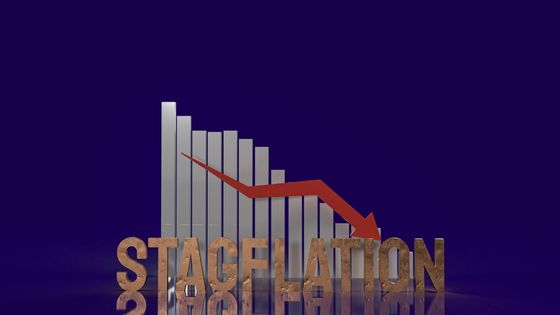In recent times, stagflation has been a matter of concern for many policymakers around the world. Since some analysts expect to see stagflation in the coming years, central banks worldwide are attempting to develop strategies to ensure that inflation in some developed economies, particularly the U.S., is cooled before causing a recession.

If you are wondering what stagflation means, this article will help you gain some understanding. Stagflation is defined as an economic phase characterized by weak growth, a high unemployment rate, and inflation. There appears to be a situation when the economy grows at a stagnant rate and increases prices and unemployment. Economic officials find this confluence particularly challenging to manage because trying to address one issue can make another worse.
What are the Causes of Stagflation?
There are many economic factors, government policies, and many factors which cause stagflation but the main three causes include:
- Slow Economic Growth – Changing government policies and disruptions in the demand-supply curve result in slow economic growth, and this slow growth results in the other two causes of stagflation.
- Rising Inflation – It is the state at which prices of goods and services increase over a period of time. Each unit of currency may purchase fewer products and services as the average price increases; hence inflation is associated with a decline in the purchasing power of money.
- Rising unemployment – The slow economic growth and rising inflation result in people losing jobs, and there is growth in the unemployment rate over time, another significant factor responsible for stagflation.
What Might Spark Stagflation in 2022?
According to some economists, 2022 may encounter some concerns related to stagflation, and this is due to the recent happenings on global levels.
- Covid-19, Fiscal and Monetary measures – While the Covid-19 pandemic outbreak and the restrictions put in place to stop the virus from spreading induced the economic decline globally, the successive fiscal and monetary measures taken to address the downturn, such as significant increases in liquidity in most advanced economies, fuelled a sharp rise in inflation, which consequently has sparked stagflation.
- Russia-Ukraine War – While central banks like the Fed and the Bank of England have begun boosting interest rates to lower skyrocketing prices, the protracted conflict in Ukraine followed by Russia’s invasion of its southern neighborhood has prevented this from happening.
- Supply chain – Officials are facing an uphill battle to prevent inflation, which is now almost caused entirely by supply factors that are much more difficult to manage and are less a component of demand (and can therefore be controlled by regulating credit). Prices of resources such as oil and gas, food grains, edible oils, and fertilizers have all increased sharply due to the war.
What stagflation means and how to control it is a question for every economy in the world. However, few measures can be taken to restore balance and curb it.
Some include a long-term and comprehensive restoration that may require policy assistance for a more extended amount of time. The stabilization of financial policies, as well as the enhancement of bankruptcy regimes and reorganization procedures, particularly those for the burden of public and private debt, are anticipated to receive the majority of attention.
